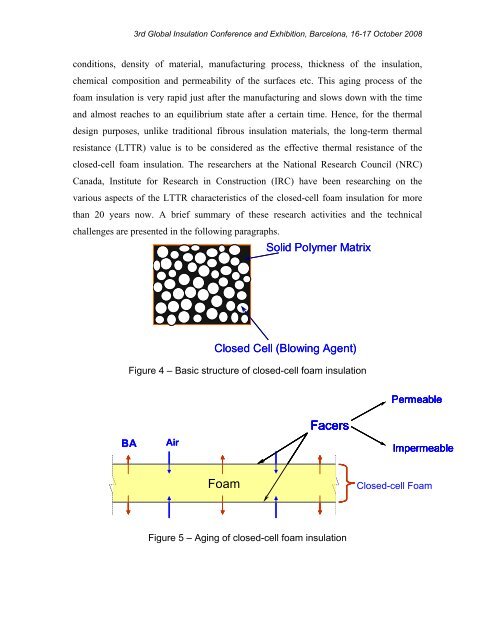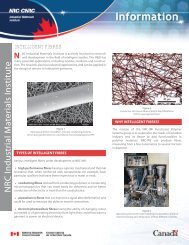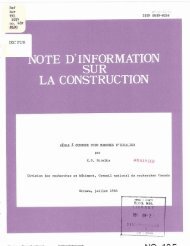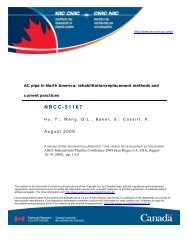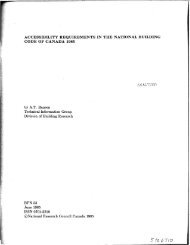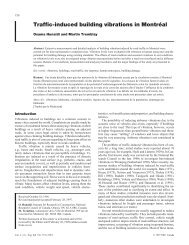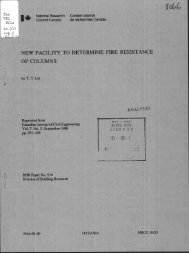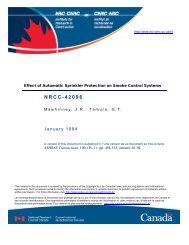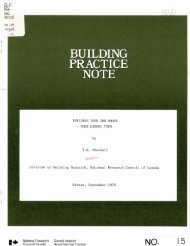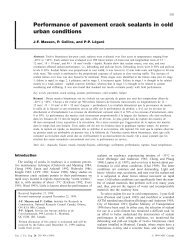Long-Term Thermal Resistance of Closed-Cell Foam Insulation ...
Long-Term Thermal Resistance of Closed-Cell Foam Insulation ...
Long-Term Thermal Resistance of Closed-Cell Foam Insulation ...
- No tags were found...
You also want an ePaper? Increase the reach of your titles
YUMPU automatically turns print PDFs into web optimized ePapers that Google loves.
3rd Global <strong>Insulation</strong> Conference and Exhibition, Barcelona, 16-17 October 2008conditions, density <strong>of</strong> material, manufacturing process, thickness <strong>of</strong> the insulation,chemical composition and permeability <strong>of</strong> the surfaces etc. This aging process <strong>of</strong> thefoam insulation is very rapid just after the manufacturing and slows down with the timeand almost reaches to an equilibrium state after a certain time. Hence, for the thermaldesign purposes, unlike traditional fibrous insulation materials, the long-term thermalresistance (LTTR) value is to be considered as the effective thermal resistance <strong>of</strong> theclosed-cell foam insulation. The researchers at the National Research Council (NRC)Canada, Institute for Research in Construction (IRC) have been researching on thevarious aspects <strong>of</strong> the LTTR characteristics <strong>of</strong> the closed-cell foam insulation for morethan 20 years now. A brief summary <strong>of</strong> these research activities and the technicalchallenges are presented in the following paragraphs.Solid Polymer Matrix<strong>Closed</strong> <strong>Cell</strong> (Blowing Agent)Figure 4 – Basic structure <strong>of</strong> closed-cell foam insulationPermeableBAAirFacersImpermeable<strong>Foam</strong><strong>Closed</strong>-cell Polyiso <strong>Foam</strong> <strong>Foam</strong>BoardFigure 5 – Aging <strong>of</strong> closed-cell foam insulation


